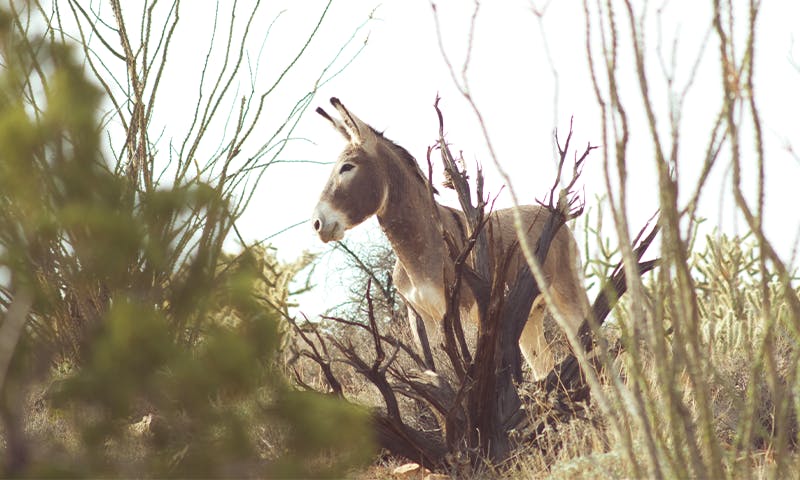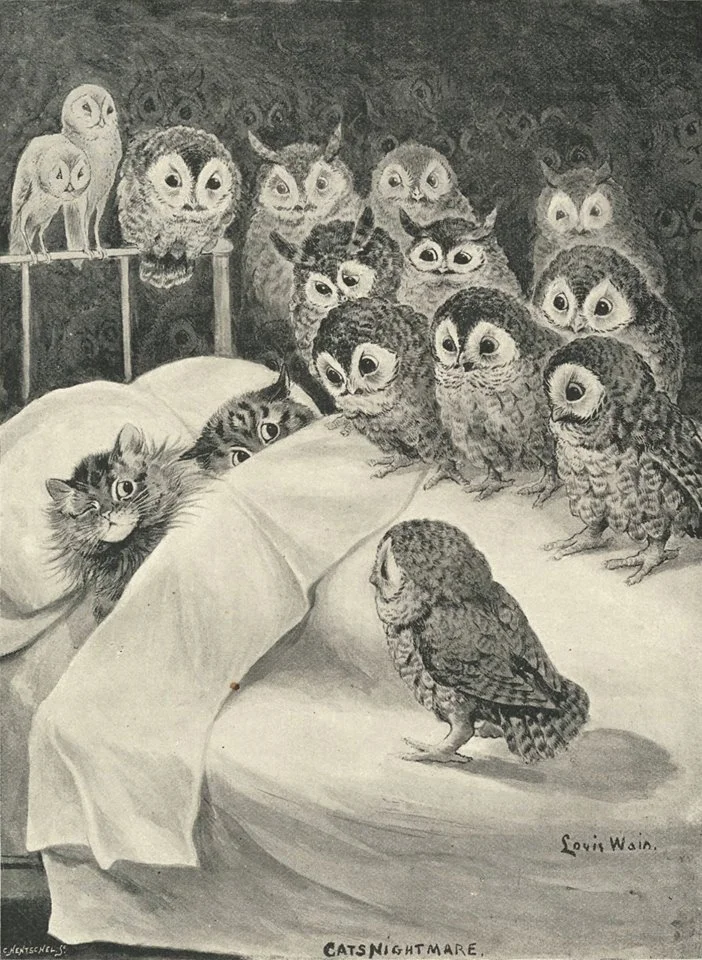I found these paragraphs, about killing invasive rats on small islands to protect local seabirds, particularly thought-provoking:
For my own part, I wish the killing of those rats and mice were at least accompanied by a sense of what environmental ethicist Chelsea Batavia and ecologist Arian Wallach, a prominent compassionate conservationist who was Lundgren’s Ph.D. adviser, called “the moral residue of conservation.” It’s not the rodents’ fault that humans so heedlessly moved their ancestors around the globe; their appetite for seabird chicks would, if expressed by an acceptably native animal, be treated as an inevitable part of nature. To kill them, even for noble purposes, is to take innocent lives. “Conservationists should be emotionally responsive to the ethical terrain they traverse,” argued Batavia and Wallach in the journal Conservation Biology. “Feelings of grief are commensurate with acts of harm. Apathy or indifference is not.”
In all my years of reading and writing about the killing of invasive species, I’ve yet to encounter an expression of grief. To Batavia and Wallach, this is troubling because those feelings “act as tethers to abiding notions of what is good and of value in the world.” To turn them off—Lundgren recalled a colleague who cried after euthanizing a native bird with a broken wing but killed nonnative birds with barely a change in expression—risks harming something important in ourselves. Callousness can only be maintained at the cost of compassion.
Lundgren agreed with this. A casual attitude toward killing introduced species, he added, also made it easy to avoid less tractable but equally important problems, such as the overfishing that is now starving many seabirds. Moreover, even on islands, the impacts of nonnative species could be nuanced: An analysis of 300 Mediterranean islands containing both seabirds and invasive rats found that rats limited the abundance of only one seabird species, something the researchers called “an amazing conservation paradox.”
“We don’t give any credit to evolution,” Lundgren said. Perhaps, over time, newly introduced and long-native species would surprise us with their ability to coexist. Perhaps in many places they already were coexisting—but the ease of killing so-called invasives, and the habits of mind that reinforced, made it hard to see. I fell asleep to such thoughts beneath a starscape that, in the dry desert air and the absence of human habitation for miles in every direction, was as clear as any I’d ever seen.
Around here, it’s spotted lanternflies. The almost glee some have for squashing them is disheartening. I get why they do it, believe me, but I’ve encountered little to no zoomed out perspective that these little dudes didn’t choose to be here.
To really go off the deep end… the spotted lanternfly’s favorite tree, Ailanthus altissima, is just trying to do what its ancestors have done for millennia. Not saying these trees shouldn’t be removed, but they also didn’t choose to be here.
Of these things we speak venom and deem trash. Though, this attitude seems pervasive in how western culture treats the other in general.
I wish that more effort would go into developing sterilisation methods, rather than killing these animals.
While invasive species are often harmful to the natural ecosystem by outcompeting or killing natives, the individual rat or possum has no more choice in where they were born than you or I. Why should they have to die for the mistakes of the humans five generations removed who brought their ancestors here?



